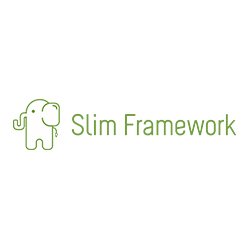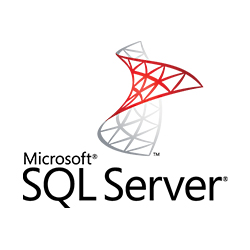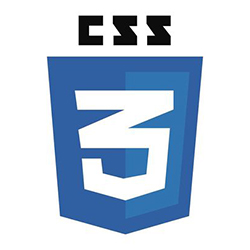Mobile app development
In this sense, in broad terms, the possibilities we offer when planning an app project are four:
The main difference lies in the fact that Native Apps are developed specifically for the target operating system, such as Android or iOS. In this sense, native apps allow harnessing the full advantages of each platform, offering greater fluidity, optimal performance, and the ability to use all their functionalities, such as GPS, camera, etc. It’s important to consider that an app intending to be published for multiple systems will require separate developments. This is where the main advantage of web apps and multi-platform apps derives.
Web apps are applications accessible through any web browser on any device that supports HTML5/CSS3 technology. This technology enables data caching, complex animations, functionalities for obtaining location, and adaptation to the viewing environment (responsive design). Additionally, in case of updates, these will be visible to the user when accessing the app, without the need for manual downloads. However, it’s important to note that these applications will not be part of app stores and will not allow the use of specific device functionalities, also offering lower performance compared to native apps.
HTML5/JS/API Apps are created with Apache Cordova technology, and we typically work with Angular to create the user interface. They represent a middle ground between web apps and native apps. These solutions can be published in the Google Play and Apple Store app stores, saving costs for specific developments for each platform. Additionally, in certain cases, a web app version accessible directly from the browser without installing the app can be considered. However, this is only applicable in cases where specific device functionalities are not required.
Finally, applications created with React Native are the latest trend. The code created is cross-platform, but instead of being HTML (web), it is code that once compiled creates native apps on iOS and Android. React Native offers libraries that allow access to most device functionalities, making it one of the most suitable options for a multi-platform project, as long as a web version is not necessary.
Given such a diverse landscape, Gilsys offers the necessary guidance to develop each application following the system that best suits the needs and expectations of each client.
Technologies























Software and apps
Software and App Development
We develop custom software and multiplatform apps for Android and iOS.

